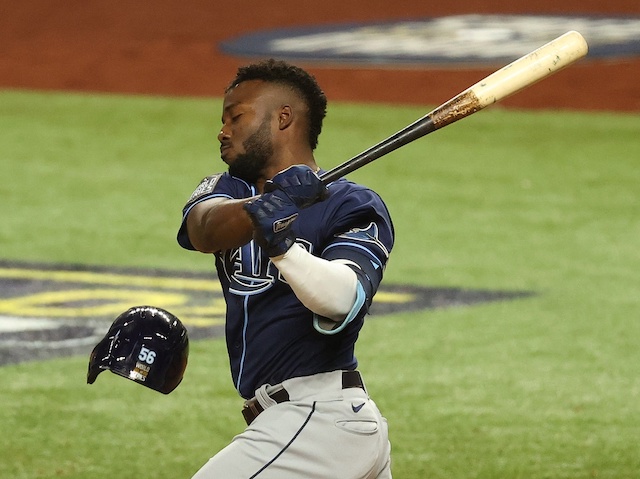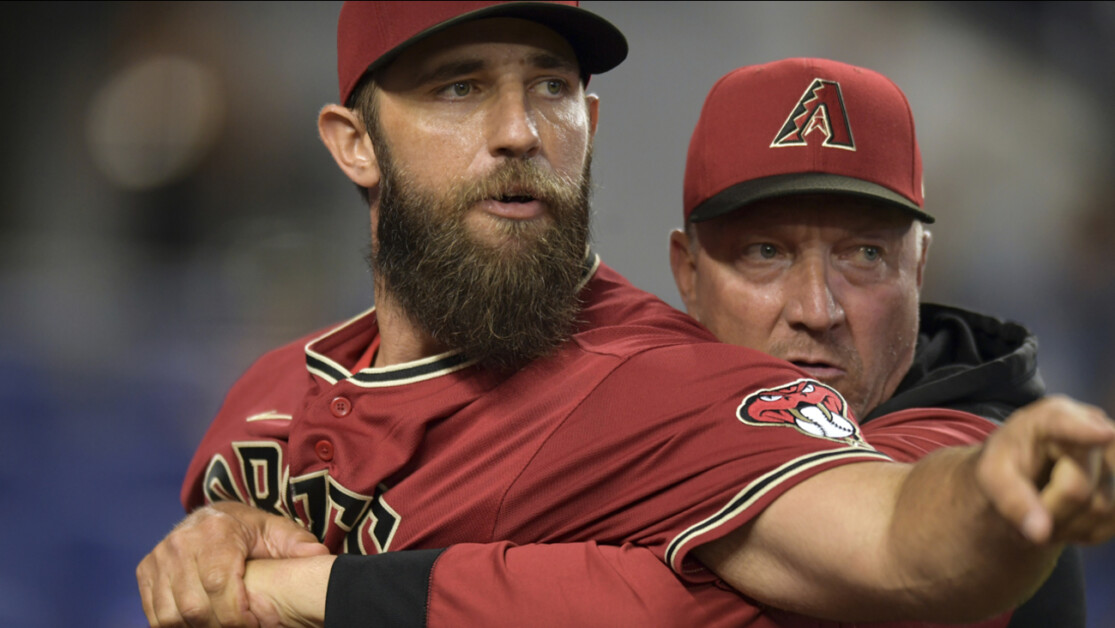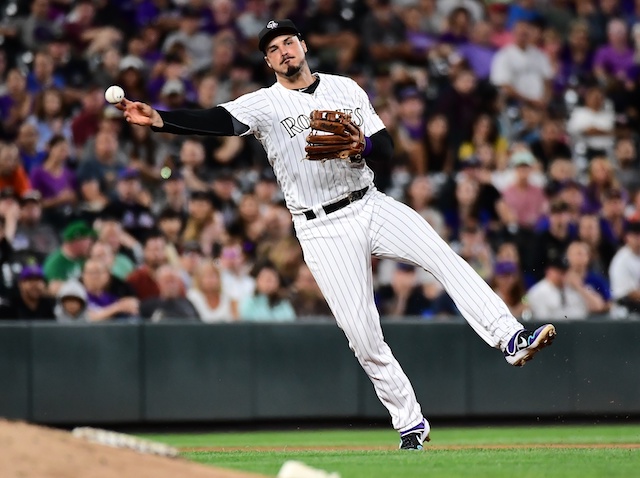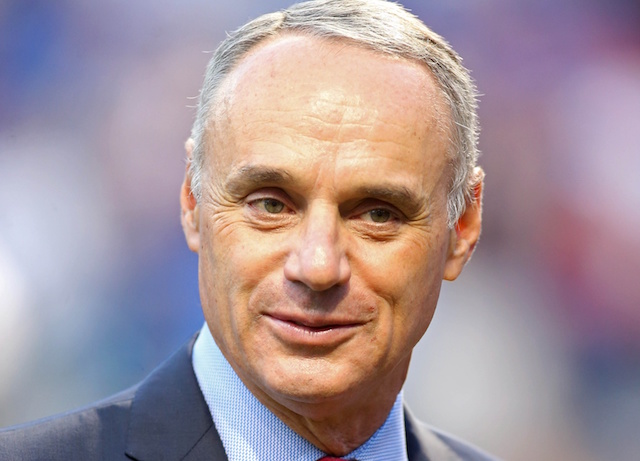Latin American players were excluded from Major League Baseball until the late 1950s. Today it appears they are set to dominate baseball’s headlines for many years to come.
Most people perceive baseball as America’s pastime. However, this perception is not entirely true anymore. In the United States, Baseball has lagged behind both basketball and football in terms of popularity. However, if we look past the total tickets sold, and TV ratings, a more optimistic picture emerges. The game has a growing international following, particularly in Latin America, a following that’s produced not only fans but many of the star players that power the game today.
A quick glance at the World Series rosters shows they’re packed with overseas talent. The Los Angeles Dodgers roster features hitters Edwin Rios and Enrique Hernandez, both from Puerto Rico, and a bullpen with Curaçaon Kenley Jansen, Venezuelan Brusdar Graterol, Mexicans Julio Urias and Victor Gonzalez, and Pedro Baez who is Dominican.
The Tampa Bay Rays are even more international, with two Asian players, Ji-Man Choi from South Korea, and Yoshi Tsutsugo of Japan, joining Cubans Yandy Diaz and Randy Arozarena, Puerto Rican Michael Perez, and three Dominicans, Willy Adames, Manuel Margot, and Diego Castillo.
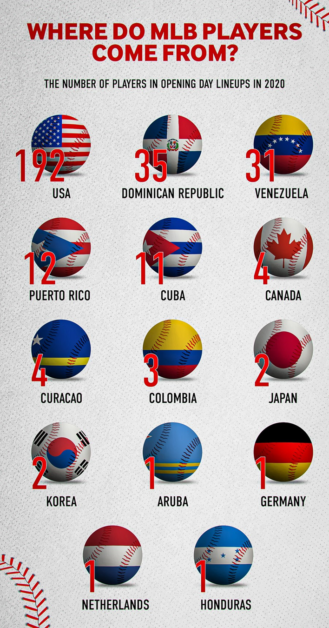
Where Do MLB Players Come From?
As expected, most of the players in Major League Baseball are Americans. However, of the 300 Major League Baseball players named on the opening-day rosters for the MLB 2020 season, 36% were foreign-born, with South America, North America, Europe, and Asia all represented. When we take a deeper look at those 108 players, it’s Latin America and the Caribbean that stands out.
- Currently, the second nation with the highest number of players in Major League Baseball in the Dominican Republic, with 35 players (11.6%) on opening day rosters.
- Venezuela ranks third with just over 31 players on opening day rosters or just over 10%.
- The other two Nations in double-digit figures are Cuba and Puerto Rico, with 11 and 12 players, respectively.
Japan and South Korea have professional baseball leagues that have filtered dozens of players into major league baseball for decades. Some countries located outside MLB’s traditional heartlands were also represented on the opening-day rosters. These nations include Aruba, The Netherlands, Columbia, Honduras, Curacao, and Germany. In addition to these 15 countries featured on the opening-day rosters, there are seven more countries represented in wider 40-man rosters. These include Nicaragua, Mexico, Taiwan, Peru, Lithuania, Panama, and Australia.
It appears the baseball world has changed a lot in the past ten years. For instance, the United States had 72.18% of the total major league baseball players in 2010, but this percentage has dropped to 64% in 2020. That means more and more nations around the world are taking baseball seriously, and new talents continue to emerge globally.
It is beyond doubt that the number of non-American MLB players is increasing. This trend is likely to become more common as the sport continues to show up in different countries around the world. Note that there are more than 30 MLB academies in Latin America, which means MLB is likely to get diverse talent, particularly among the Latin Americans.



